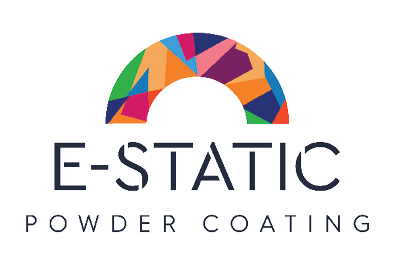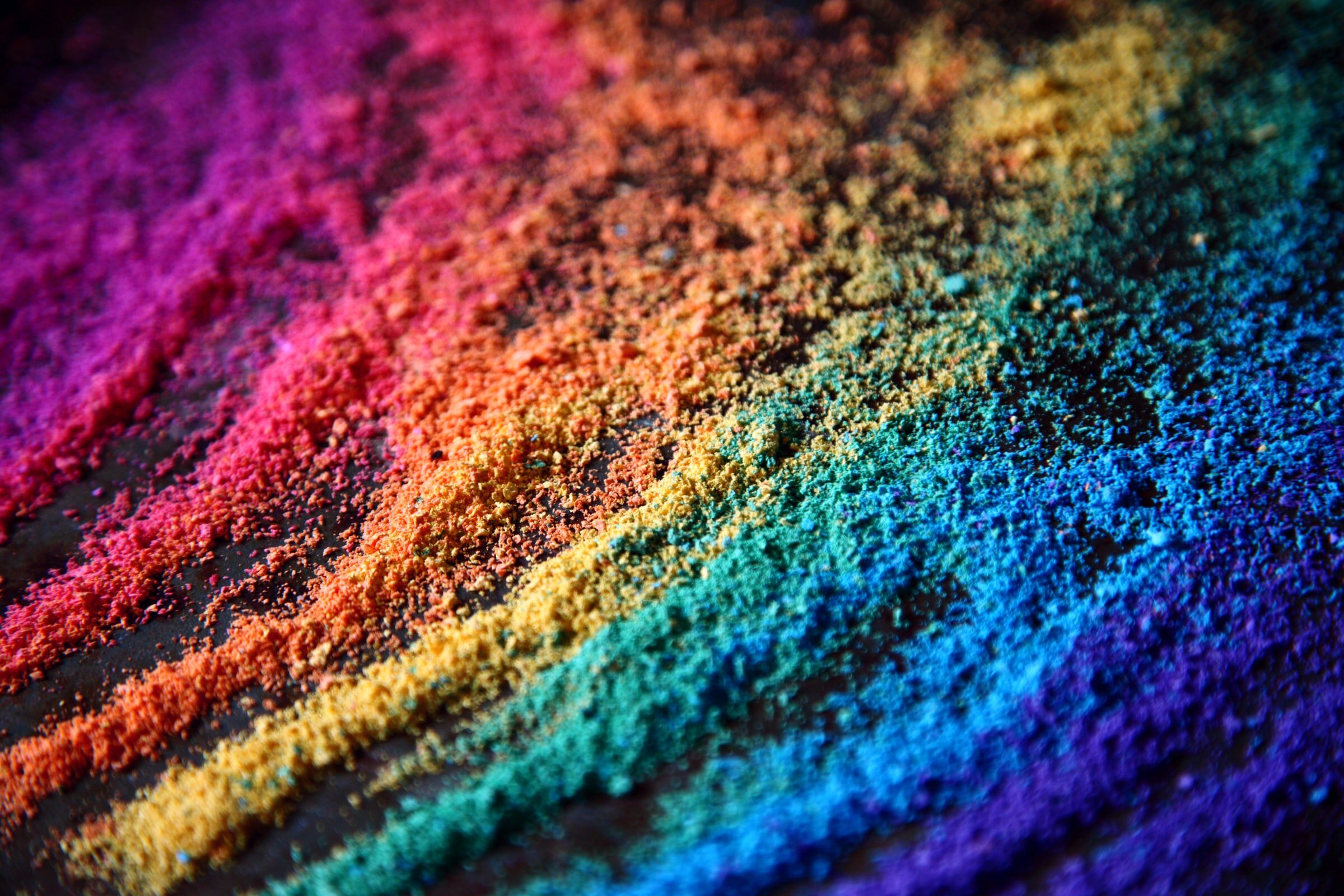How are powder coatings made?
Powder Coating is a protective and decorative coating that contains no solvent and is applied as a dry powder. But how is such a coating actually made? Well the process is rather complex!
PRE-MIXING involves the pre-mixing of raw materials such as pigments, fillers and cross linkers etc. These are weighed accurately and blended together for targeted finish characteristics including colour, gloss level and other coating performance characteristics.
EXTRUSION involves the pre-mix being fed into the extruder, the barrel of which is maintained at an exact predetermined temperature so that the polymer is only just liquefied. The molten material passes between cooling rollers to produce a thin sheet of approx. 1mm thickness which is then broken up into chips of about 10-20mm in size.
MILLING involves these chips being ground up in a pin disc or hammer mill to achieve a powder with a particle size distribution suitable for the application process eg electrostatic spray, fluid bed dipping.
SIEVING is used to remove any oversize particles which may have passed through the mill and to achieve a finely tuned particle size distribution. These oversize particles are fed back for further milling.
PACKAGING & STORAGE involves the powder being packed into in tightly closed containers and stored in a dry place to prevent possible contamination or possible moisture pick-up. For long term storage powder should be maintained at as low a temperature as possible, preferably below 25 deg C.
Please watch this video from our partners at Interpon to see this process in action!

